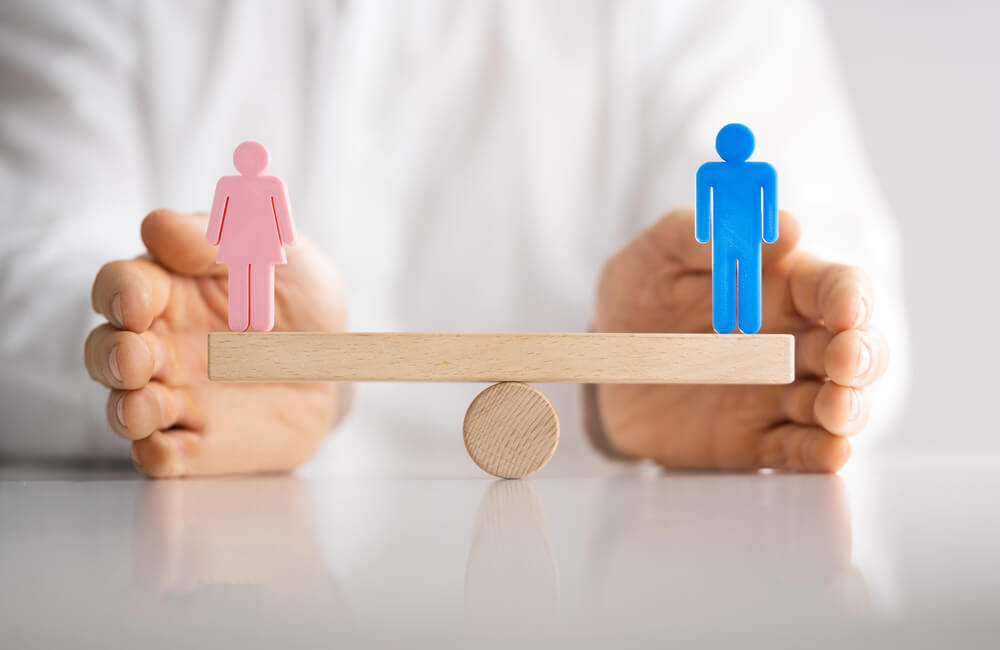Almost a decade of gender balanced federal cabinets have paved the way for new women appointees
Prime Minister Mark Carney’s new Liberal cabinet now maintains a convention established by his predecessor: gender parity, with 14 women and 14 men (plus the Prime Minister).
When former Prime Minister Justin Trudeau was first asked why he appointed a gender-equal cabinet, he responded: “Because it’s 2015.” After a decade of gender-equal cabinets, is this a standard that many Canadians have come to expect?
As political scientists, we’re researching how news media have covered the “gender equal cabinet” throughout Trudeau’s time as Prime Minister. Our preliminary results suggest that Canadians have adjusted to the idea. Gender parity is increasingly becoming a yardstick by which cabinet appointments are measured.
There was significant media attention towards the first gender-equal cabinet in 2015. Some headlines expressed concern about gender displacing “merit.” Over Trudeau’s decade in office, the headlines were less likely to question cabinet ministers’ merit with each cabinet shuffle.
The women in Trudeau’s cabinets proved themselves to be competent — and they paved the way for new women appointees. Gender equal cabinets have become less controversial over the last decade.
While some premiers also adopted parity cabinets — Horgan in 2017 and Legault in 2019 — even in the cases where they hadn’t, journalists became more inclined to take stock of women’s representation and comment on the proportion of women in the highest halls of power.
It seems that gender parity in cabinet is the new normal.
Critics of gender-equal cabinets often claim we want ministers to be the people most qualified for the job, not appointed just because of their gender. But this framing is flawed.
Often, the way we measure who is “most qualified” is skewed: it prioritizes access to certain types of post-secondary education and contact with elite networks that can help people get prestigious jobs. Women can have those advantages too, but they tend to be more active than men in community work, school councils, advocacy groups and charity groups – all types of work (paid or unpaid) that we don’t often see as pathways into politics.
But someone who went to law school at an Ivy League university isn’t automatically a more qualified politician than someone with a teaching degree from a Canadian school. It depends on the job, the social context and the personal characteristics of the candidates in question.
Our new prime minister is a case-in-point: Carney is the first prime minister never to have held political office before, but that is seen as an advantage in a climate where citizens are losing trust in politicians.
Smart, competent people occupy all walks of life, and many would make formidable cabinet ministers.
Research also shows that women do politics differently. They’re more likely to bring attention to issues that affect women and more likely to push for women-friendly policies. The effect is exponential: as more women join politics, they stop being tokens and become the norm. They can then work in areas that interest them without being expected to focus on “women’s issues.”
Men’s behaviour in legislatures with more women shifts too – those legislatures pay more attention to women’s issues.
Ideas of “merit” are too often underpinned by elitist notions of what makes a good politician. The result is homogenous cabinets where everyone shares similar backgrounds and points of view. Instead, gender parity in cabinets can allow diverse perspectives to be incorporated into government decisions.
Carney’s gender equal cabinet, however, conforms to previous iterations where women are pigeonholed into less prestigious portfolios. Men occupy three of the four core ministries: Justice, Defence and Finance. Anita Anand is the only woman in the prestigious group, handling Foreign Affairs.
We should maintain a critical eye even when gender parity is met, ensuring that women have substantive influence over government decision making.
Another critique of gender quotas is that they may elevate the most privileged women, leaving marginalized women behind. With that in mind, gender-equal cabinets should pay attention to the identities of the women (and men) they appoint, including factors like race, gender identity, sexuality and disability, among others.
In Trudeau’s words, we need “a cabinet that looks like Canada,” now and in the future. Citizens have the power to reinforce change in our political system by changing our expectations. This means communicating to our leaders that we want — and expect — gender parity in cabinet.
To find out more about how to tell politicians that you value gender parity in politics, visit www.balancethepower.ca.
Photo courtesy of DepositPhotos





